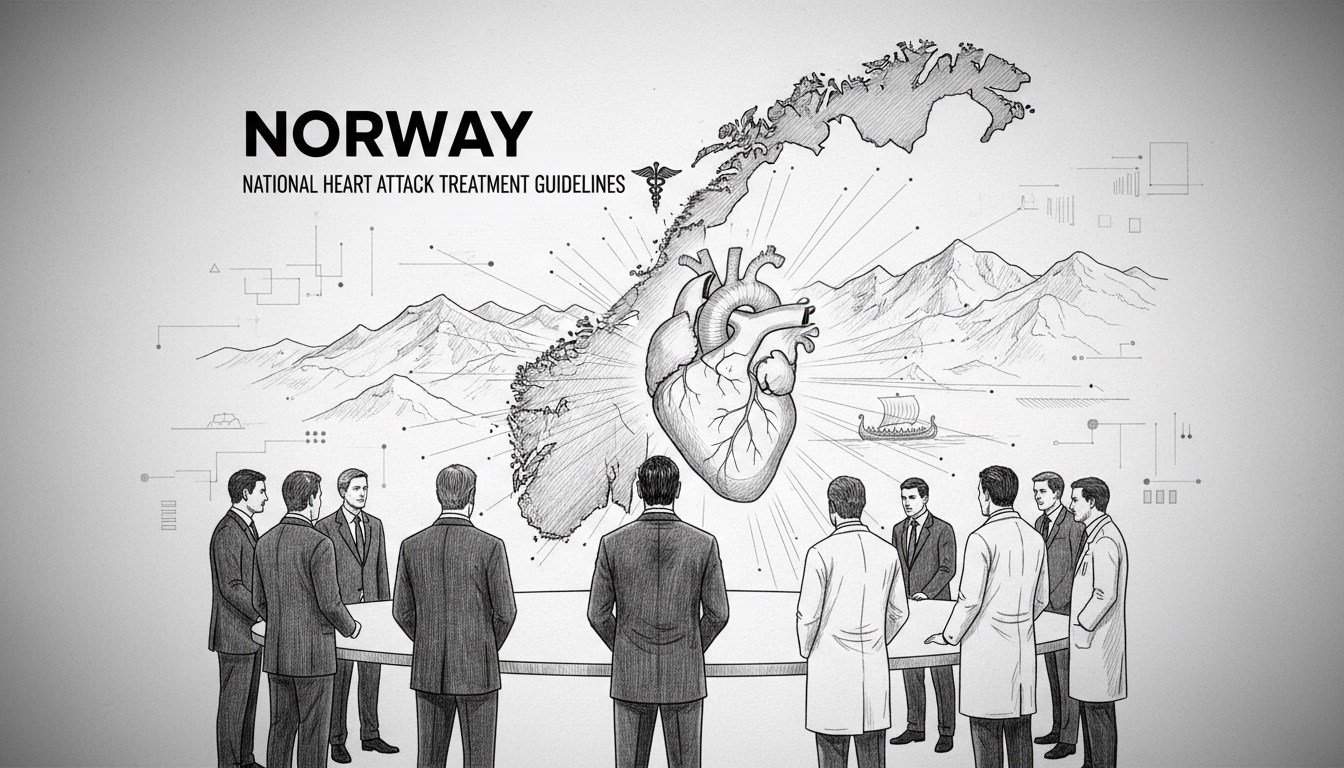Norway is creating its first national guidelines for heart attack treatment. This addresses a significant gap in the country's healthcare system. Approximately 10,000 acute heart attacks occur annually across the nation. The absence of standardized protocols has raised concerns about care consistency. Medical leaders now advocate for unified treatment approaches nationwide.
Per Bjørnerud Rønning leads the medical clinic at University Hospital of North Norway. He emphasizes the importance of cross-professional collaboration. National guidelines would help align services across different regions. This ensures all Norwegians receive equal care quality regardless of location. Northern Norway particularly benefits from such standardization efforts.
Healthcare disparities between regions remain a pressing concern. Distance and population density create natural treatment challenges. Yet medical outcomes show remarkable consistency across the country. Northern facilities already match southern hospitals in treatment success rates. This demonstrates the existing strength of Norway's decentralized healthcare model.
Health Minister Jan Kristian Vestre confirms the government's commitment. People deserve confidence in receiving proper medical care when needed. The Norwegian Directorate of Health will develop these new national guidelines. These protocols will reflect Norway's unique geographical and demographic realities.
Political responsibility intersects with medical expertise in this initiative. Parliament must establish the healthcare service framework. Medical professionals determine optimal treatment types and delivery methods. This balance ensures both political accountability and clinical excellence.
The debate extends to specialized cardiac interventions. Some heart attack patients require Percutaneous Coronary Intervention treatment. Parliament currently considers expanding PCI services to Bodø and Ålesund. These facilities would operate around the clock for emergency cases.
Conservative health policy spokesperson Erlend Svardal Bøe weighs in on the discussion. Medical assessments should guide acute service development decisions. National guidelines could influence how Parliament approaches PCI expansion. Caution remains necessary when legislating medical service delivery.
This standardization effort reflects broader Nordic healthcare trends. Sweden and Denmark already maintain national treatment protocols. Norway's move aligns with regional best practices for medical care. International readers should note this development affects healthcare accessibility throughout Scandinavia. The guidelines will impact both residents and visitors requiring emergency cardiac care.
Medical tourism represents another consideration for Norway's healthcare evolution. Standardized protocols could increase confidence among international patients. This aligns with broader digital transformation trends across Norwegian healthcare services. The country continues developing its reputation for medical excellence.
Implementation timing remains uncertain but movement appears imminent. Healthcare providers anticipate clearer operational frameworks soon. Patients stand to benefit from more predictable care standards nationwide. This represents another step in Norway's continuous healthcare improvement journey.

